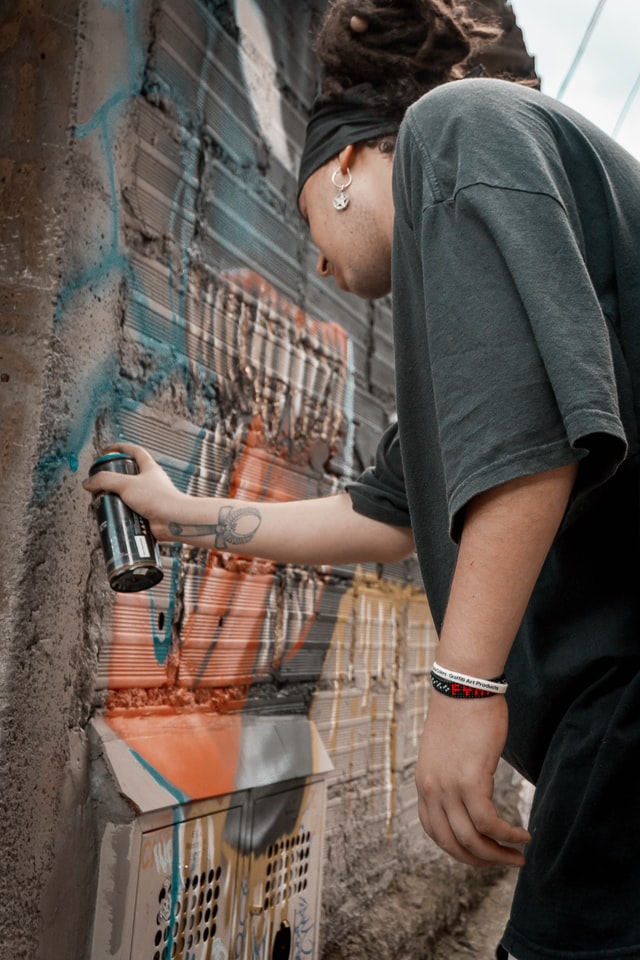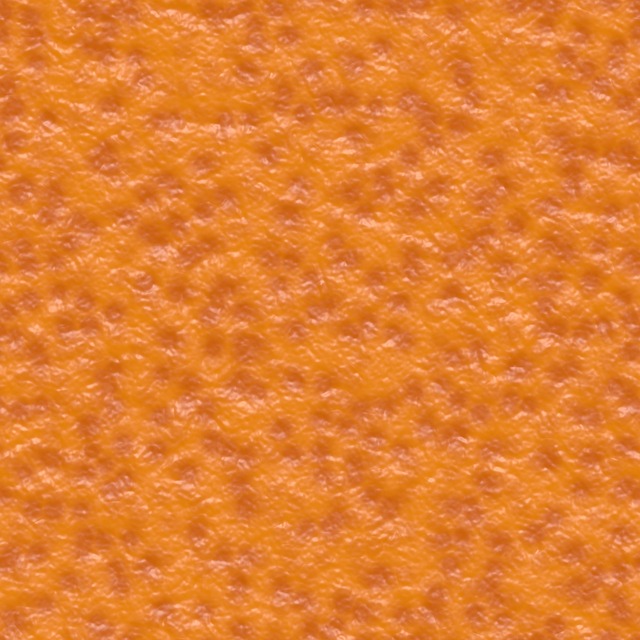Special Drywall Finishes
Textured walls and ceilings add a low-tech, inexpensive design feature to any interior. These textures may appear finely wrought and difficult to achieve, but with a little practice, you can successfully imitate the effects of old-world craftsmen. Even better, they can hide some mistakes you may have made when hanging the panels. (And it’s not even considered Cheating!) Once you’ve practiced and experimented a bit on scrap drywall, you’ll have the skills to texture your own walls or ceilings using basic tools and materials.
No matter what type of texture you intend to apply, you must first complete all joints and fastener heads as described earlier in this book. Although texturing can hide errors, it provides no substitute for proper finish work. Before you texture, finish and prepare all drywall panels just as you would for painting (although there is no need to be as fussy as you would be for a painted wall).

Applying Sprayed Finishes
Unlike most texturing treatments, blown ceilings and walls require advanced skill and equipment that most people will have to rent. A popcorn-like material polystyrene or vermiculite) is fed from a hopper to an airless spray gun. Which is attached to an air compressor? Once it is blown onto the surface, it is left to dry without retouching. This texturing takes some practice to apply properly, so consider hiring a painting or drywall contractor to do the work for you if you have no experience with it.
Another common treatment is an orange-peel finish. You create this texture by spraying watered-down joint compound through an airless paint sprayer. If left to dry untouched, the surface wills resemble that of an orange peel. However, you must add just the night proportion of water, and mastering the spraying technique takes lots of practice. (An orange-peel finish can also be applied by hand.)
Applying an Orange-Peel Texture
If you don’t have experience with airless paint sprayers, a number of hand-applied textures will still give you a professional-looking finish. To achieve an orange-peel finish without a sprayer, simply use a paint roller to apply the watered-down joint compound.
If the roller produces the texture you want, allow it to dry as is. However, you may have trouble getting a good orange-peel effect using this approach, especially on inside corners (though this can be achieved with practice and patience). If this is the case, try knocking down the half-dry surface. This usually improves the appearance of this texture, making it more consistent with an orange-peel look.

Tools and Materials
- 1/2 –inch-nap roller
- 2. Roller pan
- Water
- Bucket of joint compound, half full
- Mixer or mixing stick
- Test scrap of drywall, approximately 2X2 feet
- 18-to 24-inch straightedge or finishing knife
- Stepladder or scaffolding as required
